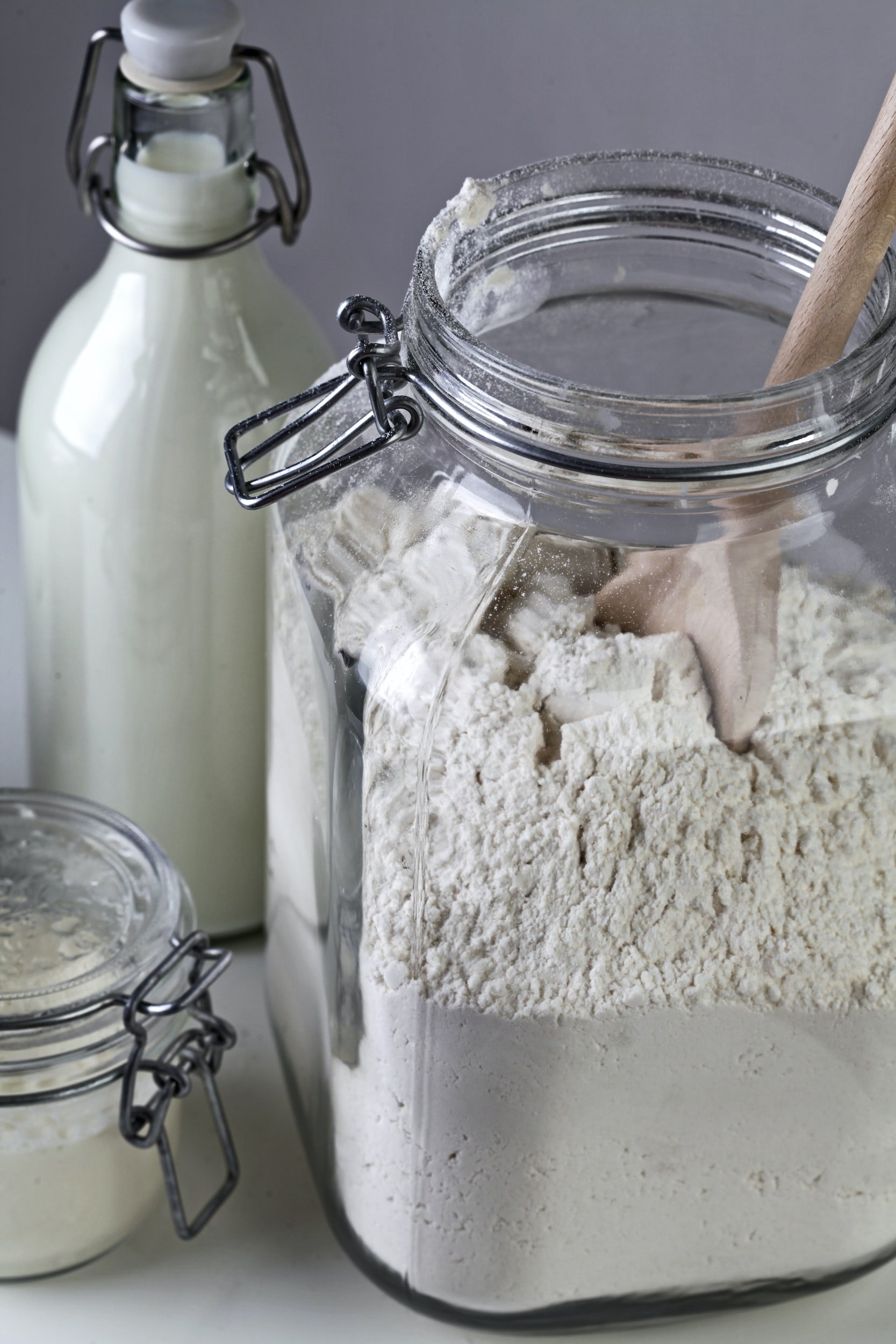How to choose the best protein powder
Protein powders have become increasingly popular among fitness enthusiasts, athletes, and health-conscious individuals. They provide a convenient and easy way to boost protein intake, which is essential for muscle growth and repair, weight management, and overall health. However, with so many options available in the market, it can be challenging to choose the best protein powder for your needs. In this blog post, we will discuss how to choose the best protein powder, the differences between the processes like concentrate, isolate, and hydrolysate, the different types of protein, and how they are rated in their PDCAAS.
#1 Determine your protein needs
The first step in choosing the best protein powder is to determine your protein needs. The recommended daily intake of protein varies based on factors such as age, gender, body weight, and activity level. The general guideline is to consume 0.8 grams of protein per kilogram of body weight per day. However, if you are an athlete or engage in intense physical activity, you may need more protein to support muscle recovery and growth. You can take this quiz to help you determine your macro split.
#2 Consider the protein source
Protein powders can be made from various sources such as whey, casein, hemp, pea, soy, and egg. Each protein source has unique properties and benefits.
Whey protein is the most popular and widely used protein source. It is a complete protein that contains all the essential amino acids needed for muscle growth and repair. Whey protein is quickly absorbed by the body and is ideal for post-workout recovery.
Casein protein is a slow-digesting protein that provides a steady supply of amino acids to the muscles over an extended period. It is often taken before bedtime to support muscle recovery and growth during sleep.
Hemp protein is a plant-based protein that is rich in fiber, omega-3 fatty acids, and antioxidants. It is an excellent option for vegetarians and vegans and is easily digestible.
Pea protein is also a plant-based protein that is rich in essential amino acids, including lysine, which is often lacking in plant-based proteins. It is also easily digestible and is suitable for individuals with dairy or soy allergies.
Soy protein is a plant-based protein that is rich in essential amino acids and is a complete protein. It is also low in fat and is an excellent option for vegetarians and vegans.
Egg protein is a complete protein that is rich in essential amino acids and is easily digestible. It is an excellent option for individuals who cannot tolerate dairy or soy.
There are so many choices out there, take your time researching the right one for you.
#3 Consider the protein powder processing method
Protein powders can be processed in three different ways: concentrate, isolate, and hydrolysate. Each method produces a different quality of protein powder.
Concentrate: This is the most basic form of protein powder, and it contains the highest amount of fat and carbohydrates. It is also the cheapest option, but it may not be suitable for individuals with lactose intolerance.
Isolate: This is a more refined form of protein powder that contains a higher percentage of protein and fewer amounts of fat and carbohydrates. It is more expensive than concentrate but is suitable for individuals with lactose intolerance.
Hydrolysate: This is the most refined form of protein powder, and it undergoes an additional processing step that breaks down the protein into smaller peptides, making it easier to digest and absorb. It is the most expensive option but is suitable for individuals with digestive issues.
#4 Consider the PDCAAS rating
The Protein Digestibility Corrected Amino Acid Score (PDCAAS) is a measure of protein quality that takes into account the amino acid profile and digestibility of the protein. The score ranges from 0 to 1, with highest score indicating the protein is of excellent quality.
Whey protein isolate has a PDCAAS rating of 1, making it the highest-rated protein source. Other protein sources such as egg, soy, and casein also have high PDCAAS scores, while plant-based protein sources such as pea and hemp have lower scores.
#5 Consider your personal preferences
When choosing the best protein powder, you may also have to take into account factors such as taste, texture, price, and brand reputation. Some protein powders are unflavoured, while others come in a variety of flavours such as chocolate, vanilla, and strawberry. Some protein powders may also contain added ingredients such as vitamins, minerals, and creatine.
In terms of texture, some protein powders are more grainy or chalky than others, so it's essential to read reviews and try out samples before purchasing a large container.
Price is also a factor to consider, as some protein powders can be quite expensive, but more expensive doesn’t always mean better I’m afraid.
Lastly, if you’re anything like me, you’ll probably spend a fair amount of time in the reviews section of any product. Personally taste is a huge selling point for me. There’s no point in investing in something that’s great for you but tastes so awful it spends the rest of its days in a cupboard. Spending some time researching might just save you some of that money.
Some protein powders are also great to bake with. You may want to purchase flavours that are more versatile and easier to work with when considering the best option.
Takeaways
Choosing the best protein powder can be overwhelming with so many options available in the market. To determine the best protein powder for your needs, consider your protein requirements, the protein source, the protein powder processing method, PDCAAS rating, and other factors such as taste, texture, price, and brand reputation. By taking the time to research and compare options, you can find the best protein powder to support your fitness goals and overall health.




